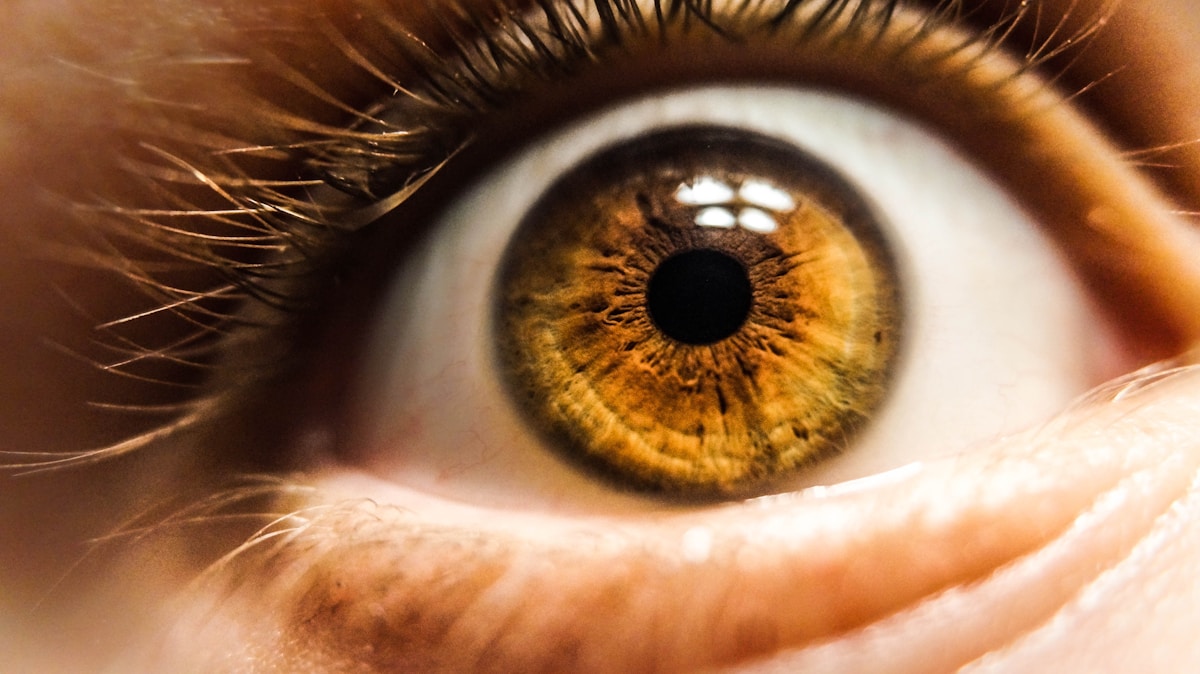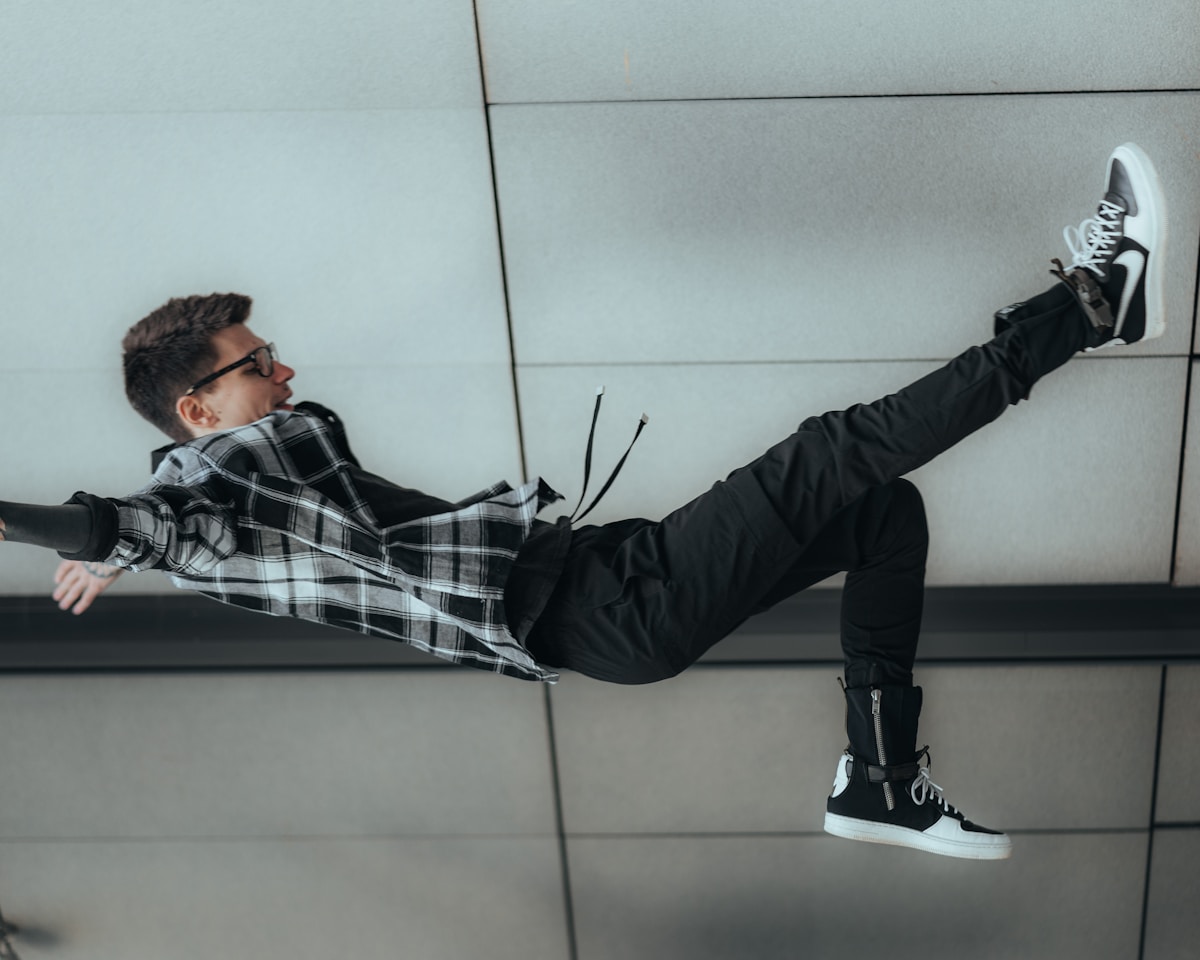Unconscious evolutionary “techniques” designed to protect us
I generally tend to stick to human behavior as that’s a lane I’m much more comfortable in and dealing with body function is often rather convoluted, over-simplified, or simply regurgitated from sometimes questionable subject-matter experts. Usually, that’s an entry-point for me where I can both hash out my comparative-experience and break-it down in a way to articulate it to other industry-related instructors for whatever use they’re able to make of it. Plus, this element deals with certain stress and tension behaviors, so there’s an intersecting point-of-reference here to be had, both for me and for you, the reader.
As innate survival-skill mechanisms, fear-physiology, and systems 1 & 2 are things rarely discussed, let alone implemented, in the self-defense industry, the idea of involuntary attack responses likely falls on deaf ears for the most part.
However, there are numerous things that our body does in what we call “system 1” (or unconscious/instinctive/evolutionary response) when attacked that are designed to minimize damage, give us a chance to “weather the storm”, stay alive, and/or get to our system 2 (conscious response, training, education, knowledge) for the necessary response to facilitate upping-survivability, best-outcome, or good-enough-to-live results. We’ve delved into the idea of the 2 systems potentially working in alignment with each other to ensure those outcomes.

Now, is system 1 always present, needed, or defaulted into action? No, of course not. There are different types of context leading-up to an attack, confrontation, threat, danger, conflict, etc. There’s the measuring or pluming: the slow-burn that escalates gradually into something far more ominous than was anticipated at the outset over generally trivial issues. The interview where you’re profiled and marked early to find out what type of mark you’ll end-up being based on current state, physiology, body language, confidence, etc. (Note that even if you’re a “tough-guy”, these things radically change throughout the day and what makes a good criminal, well, “good” is that they know this, even if you’d be a potentially-hard mark at other times, other days, or even later that very day.) The ambush. The sucker-punch. The stalking.
There are a number and the situation dictates the systemic response. Some we’ll be in-tune with, prepared-for, 100% focused, and having full accessibility to system 2…some not. Sometimes system 1 will be defaulted into initial action. Sometimes that’s enough. Sometimes it won’t be and it will last just long-enough that you’ll have to snap into consciousness and access that training, resiliency, adaptation, mindset, intensity – whatever makes you you. Sometimes you’ll be entirely on-top of things, sometimes not. BUT, the greater the experience, exposure, knowledge, education, evolutionary-aligned training – the more chance you have of being under-control and with full repertoire at your disposal in a number of diverse circumstances. An important element to be aware of is that, to get out system-1, a break-state change will have to occur. Triggered, learned, innate. A will to survive. Audacity. Gall. Hatred. Animosity. Survival-instinct. Something will have to switch via sheer-force the risk of being stuck in system-1 or a system-1 loop and connect to system-2. Remember that system-1 is instinctive and transitioning, not a solution for a committed, dedicated, or intent threat.
We all know the system-2 responses. They’re prevalent in every duel, cockfight, MMA-match, martial art, boxing-ring, match-fight. Punching. Kicking. Choking. Joint-locks. Takedowns. Throws. Head-butts. Weapons. Palm strikes. Knife-hands. Elbows. Knees. You get the picture. So let’s give a little breakdown of how things work prior to getting into the why and for what.

First of all, the human nervous-system is itself made-up of 2 distinctly different systems – the central nervous system (brain/spinal-cord) and the peripheral nervous system, also made-up of 2 unique systems – the somatic and autonomous. The somatic is responsible for sending messages to (sensory neurons) and from (motor neurons) the central nervous-system, and is generally responsible for all voluntary movement – as well as reflexes, or “reflex arcs”. Voluntary movement is any conscious movement, even sudden, where heuristics or conscious thought come into play and decisions have to be made. Walking around a fire. Steering clear of a hole on the highway. Jumping over a water puddle. Reflex arcs include putting your arm up if an object is thrown at your face, jerking your hand away from a hot-stove recently touched, the “knee-jerk” reaction of your lower-leg snapping-out when hit by the doctor’s reflex-mallet, blinking, sneezing, pulling-away from a needle or pin-prick, pupil-dilation or contraction of pupils towards light, yawning, “sleep-spasms” while fading, mouth-watering when seeing desired food, etc. etc.
The autonomous itself is made-up of 2 distinct systems – the sympathetic and parasympathetic. These 2 systems act in polar-opposite manners to counter-act each other. The sympathetic nervous system is triggered during times of arousal and ignites the “fight-or-flight” response (though after previous articles we know this term is greatly over-simplifying both the simple and complex explanations of its function). It’s well-documented in that the effects are nauseatingly repeated incessantly by industry-people. Increase in blood pressure and heartrate, blood moved away from the limbs to the torso/internal organs for protective purposes, the release or “dumping” of adrenaline, increase in pupil-size for greater focus on object-of-interest, shaky hands, a cessation of non-related functions, lung-expansion, etc. These responses are designed to optimize performance and function when under short-term duress and immediate-attack – and also a rather large reason why the continually-backed hypervigilance is a bad idea as it taxes the body and creates all kinds of long- and short-term problems for the body’s protective mechanisms. The parasympathetic is in-charge of re-stabilizing the body post-event: pupil- and lung-contraction, non-attack essential function-return, heart-rate calming. The first, as if the body jumps-up, the second, as if it lays down. Regardless, not the focus of the article but needed to give a brief overview of function leading-up to focus.

So what are some system-1 responses? We’ll discuss some involuntary attack responses, then give offshoot examples of follow-up, triggered system-2 reactions in-alignment with the “IAR” (involuntary attack responses) listed above them. While “IAR” are inevitably endless and can include a vast array of micro-movements ( https://blog.mandirigmafma.com/index.php/2018/11/14/in-fight-micro-movements/ ) that attempt to minimize damage, maximize protection, transition to some positive result (escape, evasion, absorption, disruption, etc.), some are quite well-defined.
1. Startle reactions. Auditory/kinesthetic-tactile/kinesthetic-sensory. Increase in grip-force, clenching of fists, eye-blinking, tension of body, shoulder-lift, neck-freeze, head-at-12 o’clock, dilation of pupils, limb-movement-restriction/freezing on-the-spot. Note that startle reactions are definitely part of reflex-arcs but all reflex-arcs are NOT startle-based, as seen in the above examples.
As seen in America’s Funniest Home Videos, any number of prank shows, TV’s Bloopers & Practical Jokes, Youtube, Punk’d and any number of current shows with real-time responses, the type of response is vast – anything from extension of arms away from face to get-away from object/individual, lifting a leg, a push, blinking/closing eyes, covering your face, jumping, lashing-out/hitting, limb-flailing, turning one’s head, yelling/screaming.
eg. https://www.nationalgeographic.com/photography/proof/2017/10/haunted-house-scared-faces-candid-photographs-camera-trap/
TRANSITIONAL MOVEMENTS: immediately POST-action/conscious is when conscious “weaponization” occurs, your reaction AFTER the flinch/startle-response is what counts and that is the part that can be wired-in, of imperative understanding for the transitional movements that come IMMEDIATELY AFTER the system-1/involuntary response for each of these examples. TRANSITIONAL MOVEMENTS: Highly-dependent on the type of position and response given. However, practicing fight-fundamental attributes from a number of awkward, obscure, angled, positional peculiarities would help, as would cutting response-time from unconscious-to-conscious using unprepared-for, surprise, non-predictive attacks. (I’ve used an example of a tai chi-like grounded push has a dual-effect of hard-impact/space-creation/escape-opening, plus the psychological-stimulus of one’s opponent having to cover-ground again to re-engage with some hesitancy.)
2. Balance-recovery. Lower-limb correction for lower-level balance-impediments/upper-limbs when actually falling forwards or backwards. Lower-leg re-stabilizing, bracing-arms (for fall), grabbing/reaching for an object to keep upright. TRANSITIONAL MOVEMENTS: falling, shoulder-rolls, break-falling, turtling/roll-absorbing.
3. Turtling. Covering when overloaded by an overwhelming attack, sudden or surprise attack, a beating by multiple people or superior opponent. TRANSITIONAL MOVEMENTS: any of the vast array of head-covers/elbow-shields now fashionable in the martial arts, each one so much clearly superior tactically than the one previous. (Pick one or two you’re comfortable with, that can be used multi-directionally, and covers most upper-vitals best – you’ll be fine)
4. Fences/Frames/Frameshifting. The double-arm brace in front when pleading, begging, wanting to create distance, to alleviate the effects of adrenaline not giving a big, clear picture when opponent is too close, unconsciously creating space. TRANSITIONAL MOVEMENTS: above head-covers/elbow-shields, driving forward to steal space back, destroy or damage soft-tissue, hit nerves.
5. Sympathetic contractions (bilateralism/bilateral symmetry/limb mirroring) – When fearful, panicked, exerting high-levels of muscle-force, the other limb not performing the action tends to mimic or mirror the action of the acting-limb – and the higher the intensity of the force or emotion, the greater the sympathetic contraction. TRANSITIONAL MOVEMENTS: bilateral asymmetry practice (under duress or high-stress, having both upper-limbs doing different functional things, or offensive/functional-usage of bilateral symmetry itself (various judo/grappling/shoot/sambo lapel-throws, double-hammerfist/knifehand/push/palm-strikes/eye-thumb/double back-of-neck slap/double-grab for ballistic head-butt/ear-pop/cupping/2-handed stick-strikes/punching while lapel-grabbing, etc. etc.
6. Clinging/hugging. We see boxers and MMA fighters do this all the time when being battered by an overwhelming offense, hurt by a hard shot, fatigued or on the verge of exhaustion, giving time to recuperate or expire time. I’ve seen it a lot in street-fights or attacks for the same reasons when a fight draws-on, injury occurs, punishment needs to be minimized. TRANSITIONAL MOVEMENTS: holding and hitting, recuperating breathing, throws/takedowns, weapon-deployment if high-order, neck-control, arm-wraps/arm-hooks/2-on-1s.

I think we should note that, while these are generally unconscious at the onset, they are caused by extreme surprise, fear, or pain-response – all reactions under momentary or immediate duress. So, as with the “flinch” or startle-response, “mindset” is a factor that clicks-in when situation-acknowledgement occurs, not during. With either surprise/fear/pain-attacks, or even at times from a threat within our sphere-of-trust/acquaintances/friends/family/loved ones, mindset is something that needs to be trained or triggered – and sometimes it’s not accessible at all, even mindset doesn’t bail one out of a particularly galling fire. And, while one can alter or prolong responses to an extent, restricting or containing it is a different entity entirely than “weaponizing” it. (I once held-on to an extremely hot-plate and overcame the reflex to drop it and have it break on the floor, receiving 3rd-degree burns for my troubles in the process but absolutely could not have thrown it with power at someone’s head – a conscious choice with heavy stimulus altering senses and noting that one demands full and heavy focus, one demanding split-attention with that overload). As a finishing aside, Professor Dr. Roger Enoka has done some interesting research involving involuntary discharge of firearms (with legal and non-legal ramifications) including elements of the above as a rather large part of the work. (link below)
